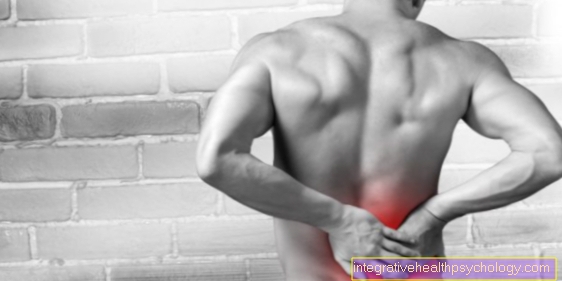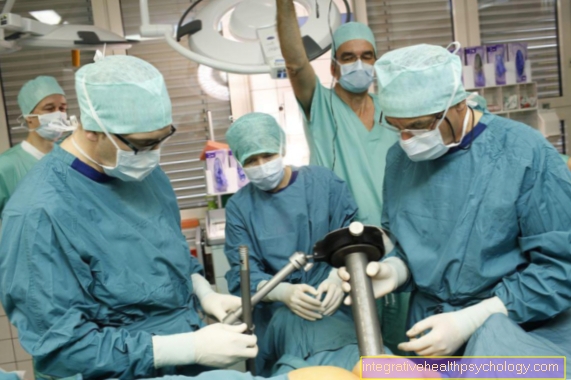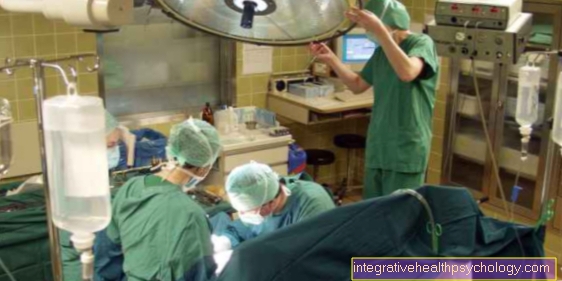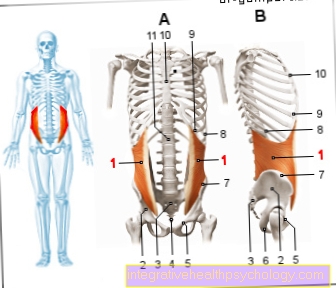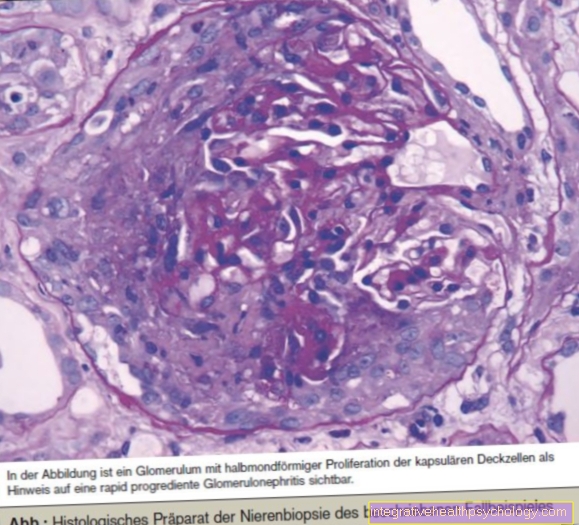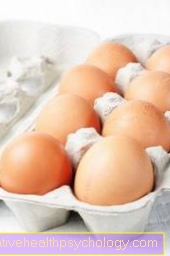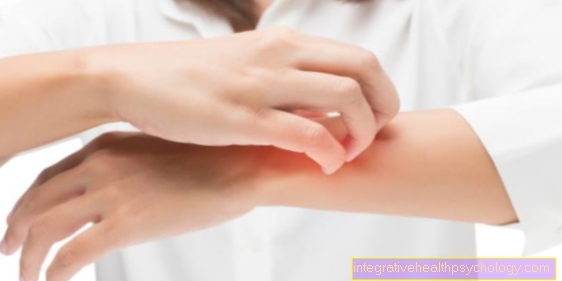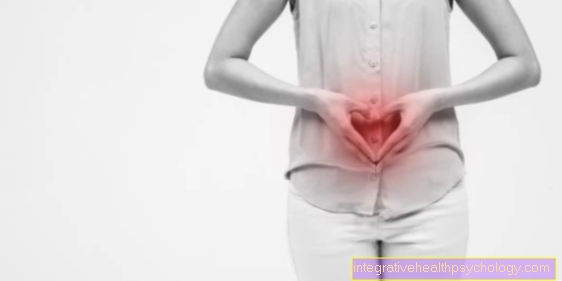Rice diet
What is the rice diet
There are different forms of rice diet that have in common that rice is the main component of all meals. As part of the rice diet, only a small number of calories between 850 and 1,000 calories per day are consumed and the body is supplied with little fat to let the pounds melt away. The German-American doctor Walter Kemper originally developed this form of diet as a strictly low-sodium diet for the treatment of high blood pressure. With the help of the rice diet, excess water is to be flushed out of the body and the fat metabolism is boosted.
Read more on the topic: Lose weight
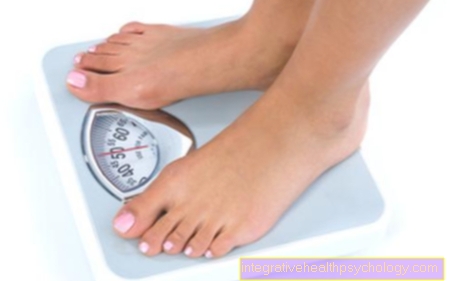
Course of the rice diet
With this mono diet, rice is almost exclusively consumed in the first few days and vegetables, fruit and fish after a few days. With the strict form of the rice diet, three servings of rice weighing 60 grams each are eaten daily. Depending on your preference, you can add a little apple sauce or grated apple, salad and vegetables. Fruit and vegetables should be added to the nutrition plan by the second week at the latest. In the third diet week, fish and lean meat are added. Basically, salt should be avoided and plenty of water should be drunk.
It is possible to implement the rice diet in a moderate form, in which fruit, vegetables, fish and lean meat are on the menu from the start. However, even with this form of the rice diet, the main component of the meals is rice, which can consume 60 grams of dry weight in each meal. Salted foods like smoked and cured products are better avoided.
Plan / weekly plan of the rice diet
The strict variant of the rice diet stipulates that three main meals are eaten in the first week of the diet, each weighing 60 grams (Dry weight) Contain rice. Snacks between meals are prohibited in the first week, sweetened drinks and salt should be avoided.
In the first week of the diet, applesauce or grated apples can be added to breakfast to give the rice a natural sweetness. A little salad and vegetables can also be added to lunch and dinner in the first week. The food must not be salted.
The second diet week also consists of three main meals containing rice every day, but here fruits and vegetables can be eaten in larger quantities with the rice.
In the third week of the rice diet, fish and lean meat can finally be eaten with the rice, as well as fruit and vegetables. This diet week serves to adapt to a long-term healthy and balanced diet.
Snacks, especially sweets, sweetened beverages, and alcohol should be avoided during the rice diet. Exercise also helps to stimulate the circulation (see also: Lose weight with exercise - these sports are particularly effective). If this rice diet plan is too strict, the moderate form of the diet can be chosen. With this type of diet, fruits, vegetables, fish and lean meat can be eaten with the rice from the start. However, salt, snacks and hidden sugar sources are strictly forbidden here too.
How Much Rice a Day Should I Eat?
As part of the rice diet, three main meals should be consumed daily, each containing 60 grams of dry weight rice. 60 grams of dry weight is roughly two to three times the amount of fully cooked rice, which corresponds to around 120 - 180 grams of cooked rice. Whole-grain, long-grain or basmati rice, for example, can be eaten as you like.
How much can I / should I lose weight with this form of diet?
With the rice diet you can lose between 2-4 kilos in a week. The weight loss depends heavily on the initial requirements of the person concerned and the implementation of the diet. If the strict form of the rice diet is implemented radically, the pounds drop after the water loss in the first few days and the metabolism is effectively boosted (see also: Stimulate metabolism).
Exercise significantly accelerates weight loss and helps maintain the desired weight.
How can I avoid the yo-yo effect with this diet?
Like all mono-diets, the rice diet also has a high risk of a yo-yo effect, as the diet is unnaturally one-sided. If the calories from food are reduced to less than 1,000 calories per day, the body switches to the back burner and reduces the body's own reserves, including the love handles. If you fall into old patterns after the diet and increase the calories very quickly, you gain weight faster than before the diet and often have more pounds on your hips than you previously lost. Therefore, after every diet, especially after mono diets such as the rice diet, there should be a slow transition to a long-term balanced diet. The weekly schedule with the addition of various foods helps with the rice diet to make this diet change fluid.
Read more on the topic: Jojo effect
Side effect of the rice diet
If the diet is implemented too radically, i.e. without the addition of vegetables, fruit, meat and fish, dangerous deficiency symptoms can occur.
Rice alone cannot meet the needs of trace elements, nutrients and vitamins. A deficiency in fat-soluble vitamins such as vitamin E, D or K can occur despite the consumption of vegetables, fruit and fish if these are ingested without fats / oils. With the three-week diet program of the rice diet, however, no nutritional deficiencies are to be expected with the occasional consumption of vegetables, fruit and from the third week also fish.
The nutrition plan contains very little protein, so that the body's own muscles can generally be broken down. Protein-dependent metabolic processes can also be impaired, which, for example, affect the regulation of cell division.
Criticism of the rice diet
The rice diet achieves rapid success, especially in the first few days the weight loss is noticeable on the scales. However, this effect is primarily based on the loss of water due to the dehydrating effect of rice. This diet is therefore less helpful in achieving a slim line in the long term. Due to the risk of deficiency symptoms, the rice diet should only be taken for a short time. As with all mono diets, the risk of the yo-yo effect is high, so a careful transition to a balanced and healthy diet is recommended.
What are the risks / dangers of this diet?
If the rice diet is carried out over a longer period of time, deficiency symptoms can occur due to a lack of vitamins and nutrients, as the energy in this type of diet mainly comes from carbohydrate sources, the rice. Due to the low protein content of the nutrition plan, there is a risk that the body's own muscles will be broken down and protein-dependent metabolic processes in the context of cell division will be impaired. Like most mono diets, the rice diet becomes monotonous after a few days, which makes it difficult to persevere. With a quick change to old eating patterns, the risk of a yo-yo effect is very high.
There are recent studies that state that the arsenic content in rice and rice products is increased. Some scientists believe that inorganic arsenic compounds increase the likelihood of cancer if consumed in excess.
Where can I find good rice diet recipes?
There are numerous good rice diet recipes and a few tricks on the internet to make the monotonous diet more tasty. In addition, there are countless books that contain delicious rice diet recipes. These also often provide detailed diet instructions and shopping lists corresponding to the rice diet. Depending on your preference, you can choose between websites and books and cook suitable recipes.
Medical evaluation of the rice diet by
The rice diet is a high-carbohydrate mono diet that makes the pounds drop, especially in the first few days. However, this can be explained by a pronounced loss of water, especially in the first few days. One advantage of the diet is that the rice is usually filling and that the diet is therefore easier to stick to than diets that replace main meals with shakes or soups. Nevertheless, the rice diet is very monotonous over three weeks and offers limited options for variation in the main courses. Many people are unfamiliar with the rice breakfast, but can be made tastier with applesauce or cinnamon.
Due to the risk of deficiency symptoms and high arsenic intake, the rice diet should only be carried out for a few weeks. In order to prevent a yo-yo effect, a slow transition should then take place in a permanent healthy diet. The rice diet is a good introduction to a healthy and balanced diet for overweight people who have difficulties avoiding carbohydrates. Since only three main meals are allowed to be consumed, this form of diet helps to take the meals in a structured manner and only eat them when you are really hungry.
What are the alternative diets to the rice diet?
If you want to lose a lot of weight quickly, you can choose other radical mono diets, which, however, are also very one-sided and difficult to keep up for many people. Examples of this are the fruit diet, the vegetable diet, the potato diet or the tried and tested cabbage soup diet. A common complication of all mono-diets is the yo-yo effect when you quickly switch to old eating habits. Turbo diets with protein shakes (Almased, Yokebe etc..) are becoming increasingly popular and, if implemented radically, lead to rapid weight loss. However, the risk of a yo-yo effect is also very high here.
Read more on the topic: Protein shake
In order to lose weight in the long term and to maintain the desired weight, low-carb diets are very suitable, which are in clear contrast to the rice diet. Examples are the Atkins diet, the Logi method, Mayo diet or the Glyx diet.The Atkins diet has a strict diet program that consists of various diet phases and includes a strict exercise program. The Logi method aims for low blood sugar and insulin levels and is well suited as a permanent diet. In the Glyx diet, the glycemic index of different foods is in the foreground. There are basically numerous diet options to combat obesity. With all forms of diet, it is important to maintain a balanced diet and exercise regularly.
You might also be interested in: Dinner canceling
What is the cost of a rice diet?
Basically, the cost of a rice diet is very low compared to other diets. Rice can be bought very cheaply and can also be prepared for breakfast the evening before. Of course, the costs differ for the different types of rice, but in total only 60 grams are used per meal. Fresh fruit and vegetables are eaten more in the first and especially the second week. These foods are more expensive than ready-made products, but they are undoubtedly healthier. In the third diet week, low-fat meat and fish are also consumed. Overall, despite the good products, the rice diet is a very cheap method of losing weight.
Rice diet in bodybuilding
Rice is a popular source of carbohydrates for bodybuilders and also contains valuable proteins. Rice also contains fiber, minerals such as iron, magnesium, potassium and zinc and thus relieves the burden on the heart and circulation. Whole grain and wild rice are particularly popular as a side dish for meals, for example turkey or fish, in order to build muscle. The more radical rice diet is less suitable for bodybuilders, as the low energy intake is not enough for the workout.
Read more on the topic: Bodybuilding





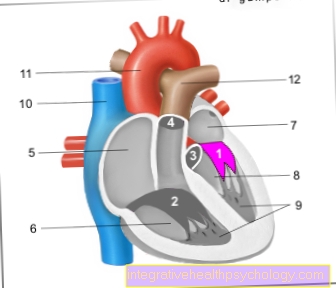
.jpg)
